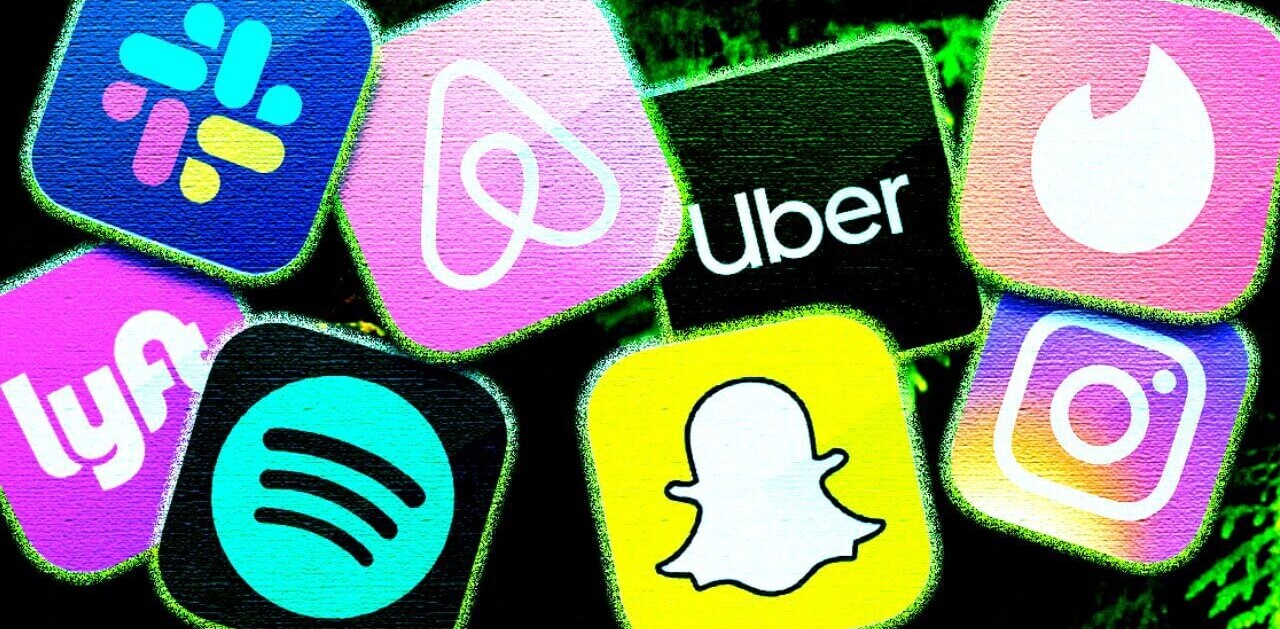
 For a few months now Jimmy Wales’ haunting eyes have been stalking me on Wikipedia. Admittedly, I am a regular user and believe in paying for content – so I might even fall for the puppy dog eyes. Wales’ appeal, coupled with the ongoing debate around news content paywalls, did get me wondering – of all the sites I use, which would I be willing to pay for? So I’d like to ask you the same question…
For a few months now Jimmy Wales’ haunting eyes have been stalking me on Wikipedia. Admittedly, I am a regular user and believe in paying for content – so I might even fall for the puppy dog eyes. Wales’ appeal, coupled with the ongoing debate around news content paywalls, did get me wondering – of all the sites I use, which would I be willing to pay for? So I’d like to ask you the same question…
Poll: which of the sites that I use regularly would you be willing to pay for?
Note: the poll explicitly includes only sites where the whole service is accessible for free. It could also list dozens of sites, but I kept it limited to a dozen of the bigger services. I also left out services which are primarily mobile app based, e.g. Gowalla, Foursquare, etc.
You may be paying already
In many cases, your payment is inadvertent – advertisers pay for clickthrough loving. The sites that can better match eyeball to advertiser get increased clickthroughs and consequently more money in the bank. Think Google and Facebook.
Freemium service providers have taken a slightly different approach, they’ll let you get a sense of the service using a limited feature set but open up rich functionality to Mr Moneybucks. Think LinkedIn, Flickr, Yammer, DropBox, RememberTheMilk and dozens of others.
Charging models
How to charge remains an always interesting question. Pure content sites can go for a subscription model but, subscription models favour heavy users over light users. Incidental users who stumble upon content are also turned away in the basic subscription approach.
Network sites could use the same model, but surely Friends Reunited teaches us that subscription models don’t work for networks? Pay-per-use is another option for network type sites (e.g. buying buckets of wall posts, messages, photo albums) but this disincentives heavy usage, which will likely decrease use of the network and devalue the service.
Twitter has recently started to look for revenue opportunities and is experimenting with all sorts of innovative models – promoted tweets, promoted accounts, paid-for-placement, etc.
The general principle on network sites has been to build a userbase and then work out how to monetise later. Advertising seems the most obvious model, but some services have shied away from punting lots of ads for fear of alienating users.
All sites are not created equal
In the appeal letter, Wales says
”[Wikipedia] is the 5th most popular website in the world. The other four have been built and maintained with billions of dollars in investment, huge corporate staffs and relentless marketing.”
It’s a fair point. All the sites mentioned above ultimately boil down to commercial entities, except Wikipedia. Their problem is different – how do they support the service without a profit agenda? Which is why it might be time to make my donation now.
Get the TNW newsletter
Get the most important tech news in your inbox each week.





